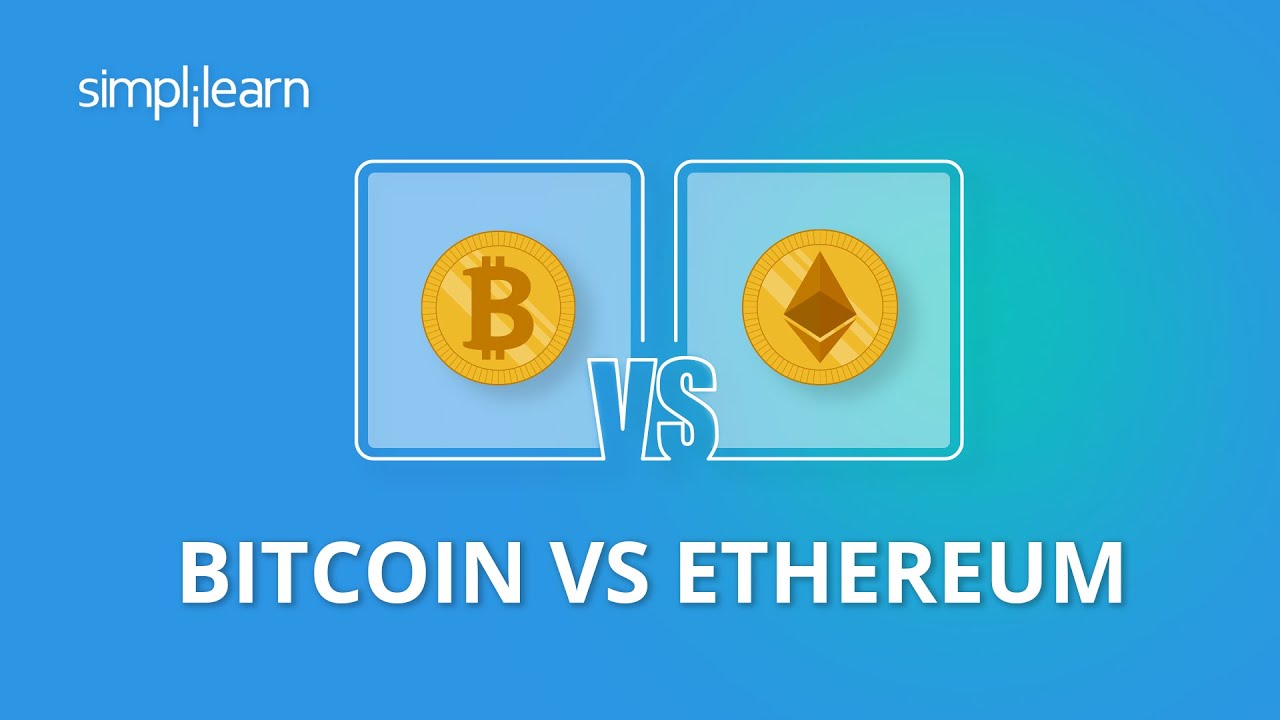
Yield Farming is a great way to get involved in DeFi. While some protocols provide low returns, others can offer greater returns and lower risks. There are protocols available for nearly every purpose. These include tax calculations, impermanent loss, and yield tracking. A yield tracking tool such as this is recommended if you plan to invest in DeFi. If you're new to DeFi, you should read about these tools before you invest in your first crops.
Profitability
Crop-loving investors might be curious as to whether yield farming is financially viable. It's a form of lending that generates returns by leveraging existing liquidity pools. Yield farming profitability is affected by many factors. There are some things you should keep in mind. This article will focus on the main factors that affect yield farming profitability.
Many people talk about yield farm in annual percentage returns (APY), which is often compared to banks' interest rates. APY can be used as a standard measure or profit. It is possible to earn triple-digit returns. However, triple-digit returns come with considerable risks and are unlikely to be sustainable for long. Yield farming, therefore, is not recommended for those who aren't prepared to take risks. It is therefore important to understand the risks and benefits of investing in crypto.
Risks
Smart contract hacking is the most serious risk associated with yield farming. Even though it's unlikely that the entire DeFi network will be affected by a hack, any problems with smart contracts could cause financial losses. MonoX Finance was victim to smart contract hacking in 2021. They stole US$31 Million from the DeFi startup. To minimize this risk, smart contract creators should invest in better auditing and technological investment. The possibility of fraud is another danger to yield farming. The platform could be taken over by fraudsters who may steal the funds.

A second risk to yield farming is leverage. Although leverage can increase users' exposure to liquidity mining opportunities it also increases the likelihood of liquidation. Users need to be aware of the risk. They could have to liquidate their assets if their collateral falls in value. In addition, when market volatility and network congestion increase, collateral topping up may be prohibitively expensive. Hence, users should carefully consider the risks of yield farming before adopting the strategy.
APY
APY stands for annual percentage yield. This term is simple, but it can be complicated for people who don’t know the difference between APY and compounding interest rates. This calculation involves computing interest/yield for a certain period of time and then investing the interest in the original investment. An APY yield farm will double your initial investment and double it again the next year.
The term annual percentage yield (or APY) is commonly used to describe the terms of an investment. It is used by investors to estimate the amount they can expect to earn on an investment over time. The APY yield has a higher percentage rate than the corresponding APR, because it incorporates trading fees into compounding. This calculation is very helpful for investors who wish to increase their income and not take on too many risks.
Impermanent loss
You are likely to experience an impermanent loss if you are a farmer, investor or trader who wants to make a profit from crypto currency. Impermanent losses are a common reality in yield farming. However, it can be minimized by utilizing the benefits of stablecoins. These coins allow you to earn up 10% on your money while minimizing your risk.

The first thing you need to know about crypto currency trading is that yield farming is not for the faint of heart. This type of investment comes with many risks, so it is important to understand how you can lose. BTC and ETH are the major players in the market. BNB, ETH, BTC, and BNB are also the most popular. You can also be known for "burning cryptocurrencies". If you're able to stay invested and hold on to these coins for a long duration, you should be able achieve your profit targets.
FAQ
Is it possible for me to make money and still have my digital currency?
Yes! In fact, you can even start earning money right away. You can use ASICs to mine Bitcoin (BTC), if you have it. These machines are made specifically for mining Bitcoins. They are very expensive but they produce a lot of profit.
What is the best time to invest in cryptocurrency?
It is a great time for you to invest in crypto currencies. Bitcoin's value has risen from just $1,000 per coin to close to $20,000 today. One bitcoin can be bought for around $19,000. However, the market cap for all cryptocurrencies combined is only about $200 billion. So, investing in cryptocurrencies is still relatively cheap compared to other investments like stocks and bonds.
Will Shiba Inu coin reach $1?
Yes! After only one month, Shiba Inu Coin is now at $0.99 This means that the price per coin is now less than half what it was when we started. We are still working hard on bringing our project to life. We hope to launch ICO shortly.
Statistics
- A return on Investment of 100 million% over the last decade suggests that investing in Bitcoin is almost always a good idea. (primexbt.com)
- That's growth of more than 4,500%. (forbes.com)
- Ethereum estimates its energy usage will decrease by 99.95% once it closes “the final chapter of proof of work on Ethereum.” (forbes.com)
- While the original crypto is down by 35% year to date, Bitcoin has seen an appreciation of more than 1,000% over the past five years. (forbes.com)
- As Bitcoin has seen as much as a 100 million% ROI over the last several years, and it has beat out all other assets, including gold, stocks, and oil, in year-to-date returns suggests that it is worth it. (primexbt.com)
External Links
How To
How to get started investing in Cryptocurrencies
Crypto currency is a digital asset that uses cryptography (specifically, encryption), to regulate its generation and transactions. It provides security and anonymity. Satoshi Nakamoto invented Bitcoin in 2008, making it the first cryptocurrency. There have been many other cryptocurrencies that have been added to the market over time.
There are many types of cryptocurrency currencies, including bitcoin, ripple, litecoin and etherium. There are many factors that influence the success of cryptocurrency, such as its adoption rate (market capitalization), liquidity, transaction fees and speed of mining, volatility, ease, governance and governance.
There are many options for investing in cryptocurrency. The easiest way to invest in cryptocurrencies is through exchanges, such as Kraken and Bittrex. These allow you to purchase them directly using fiat currency. Another option is to mine your coins yourself, either alone or with others. You can also purchase tokens using ICOs.
Coinbase is one the most prominent online cryptocurrency exchanges. It allows users to store, trade, and buy cryptocurrencies such Bitcoin, Ethereum (Litecoin), Ripple and Stellar Lumens as well as Ripple and Stellar Lumens. Users can fund their account using bank transfers, credit cards and debit cards.
Kraken is another popular cryptocurrency exchange. It allows trading against USD and EUR as well GBP, CAD JPY, AUD, and GBP. Some traders prefer to trade against USD to avoid fluctuation caused by foreign currencies.
Bittrex also offers an exchange platform. It supports over 200 cryptocurrency and all users have free API access.
Binance is a relatively newer exchange platform that launched in 2017. It claims to have the fastest growing exchange in the world. It currently trades over $1 billion in volume each day.
Etherium, a decentralized blockchain network, runs smart contracts. It relies on a proof-of-work consensus mechanism for validating blocks and running applications.
In conclusion, cryptocurrency are not regulated by any government. They are peer–to-peer networks which use decentralized consensus mechanisms for verifying and generating transactions.